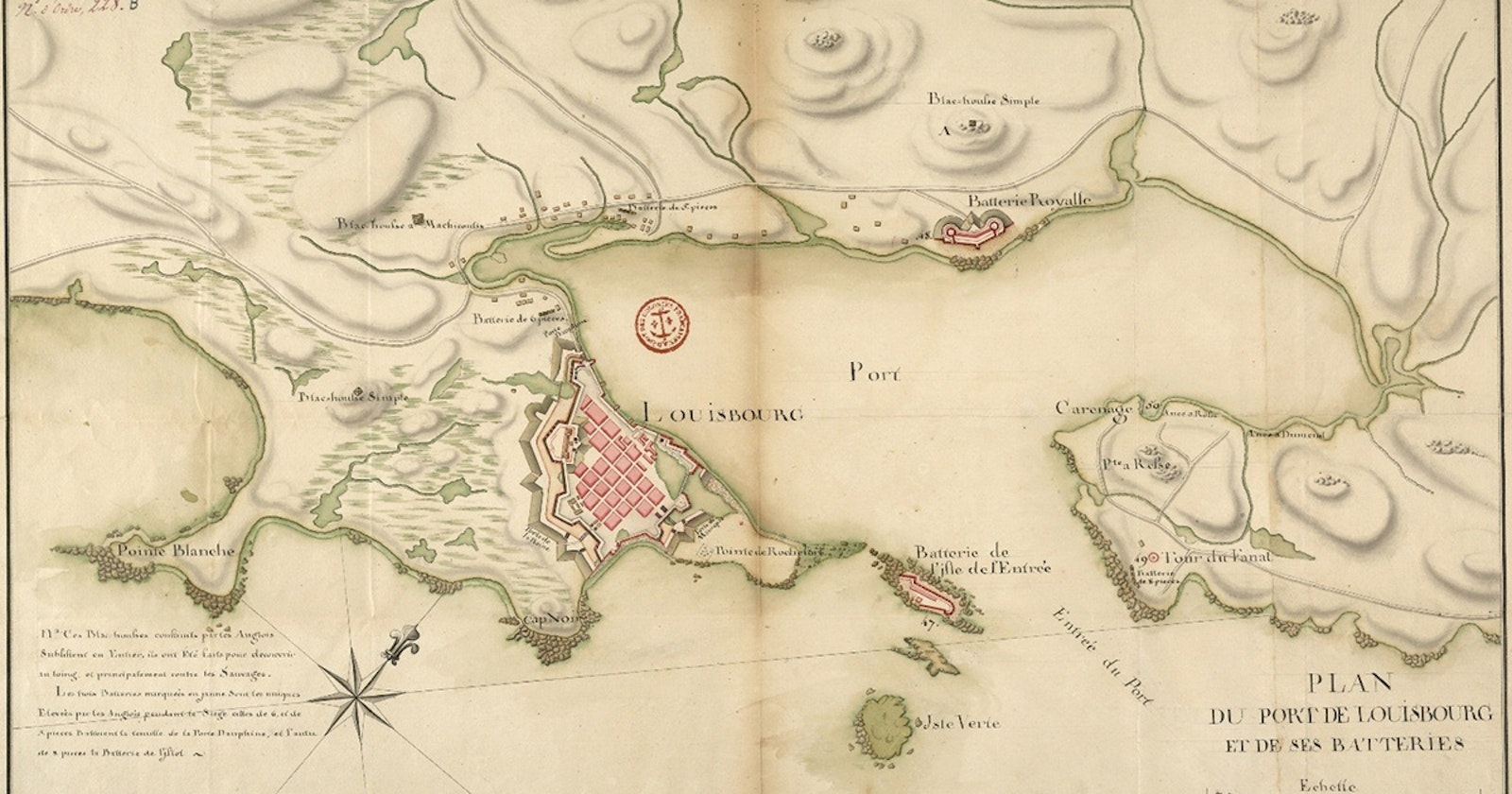We will never know how the knitted hat ended up in the latrine, but we can be thankful that it did, because the organic ooze that surrounded the textile preserved it. The well-preserved hat has allowed us to open a small window on life in the French colony of Louisbourg in the middle of the eighteenth century, when the hat was lost in the communal privy. The latrine was a five-holer in the hospital, the hat was a handspun, handknitted cap, and the rest is history.
Barbara Kelly-Landry’s reproduction of an 18th-century knitted hat found in a latrine. Photos by George Boe
Barbara Kelly-Landry has been animating spinning and knitting practices at the Fortress of Louisbourg for the past 30 years and has a special affection for the hat in the latrine.
“As an experienced knitter, I was commissioned to analyze and eventually reproduce a usable copy of the artifact hat. I began with the basics, literally counting stitches and rows under a microscope, which along with yarn size gave me a good idea of the gauge, and that allowed me to calculate needle size. Then I examined the construction of the hat: its shaping with decreases, the finishing at the top, and how the band at the bottom was purled on the right side. Then I began the process of finding a suitable yarn and finally knitting many prototypes until I was satisfied with the final result. The entire process of analysis and reproduction took about two months, and throughout the experience, I felt that I was bridging the distance between myself and that long-ago knitter, making a connection across hundreds of years through knitting. Maybe we would have been friends.”
Barbara says, “The original knitted hat would likely have been spun in the grease because the lanolin would help the hat maintain a level of waterproofing.”
The trail of artifacts left behind in Fortress of Louisbourg outlines the changing styles originating in the two mother countries that controlled the colony. We know that the hat was lost in the latrine sometime between 1730, when the hospital opened, and 1758, when the French left the fortress. It was unearthed in 1959, over 200 years later, during an exploratory dig. If the archaeological investigation had been more detailed, other items found in the same soil layer might have helped to narrow the time frame.
—Dr. Annamarie Hatcher
Annamarie Hatcher is a Nova Scotian by birth and a Cape Bretoner by choice. She has a PhD in zoology from the University of Western Australia and has lived and worked in Australia, St. Vincent, and Canada. Her spinning journey started 45 years ago and has kept her sane through several children, moves, and career changes.
Barbara Kelly-Landry is a lifelong resident of Cape Breton Island, Nova Scotia. Barbara has been an employee of the Fortress of Louisbourg National Historic Site for the past 36 years. She has spent much of it interpreting knitting and spinning traditions of the eighteenth century for visitors to the largest historical reconstruction in North America.
To read more about the knitted hat found in a latrine and knit Barbara’s replica, download the Fall 2018 issue of Spin Off. Learn more about spinning for your next knitting project with our video download, How to Spin Yarn to Knit with Kate Larson.
Featured Image: A map of the Port and Fortress of Louisbourg in 1751, when it returned to French control. Archives nationales d'outre-mer/ Wikimedia Commons



